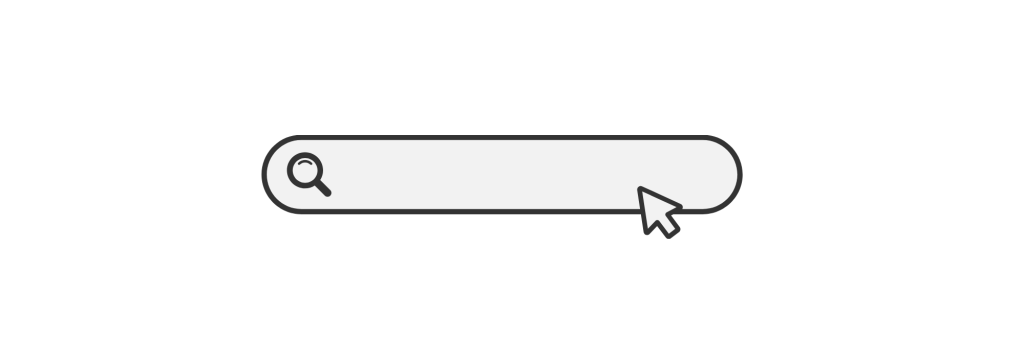Compare and contrast your initial understanding of the information presented in the graph with theirs.
Compare and contrast your initial understanding of the information presented in the graph with theirs.
Describe whether and how you agree/disagree with their assessment of how the graph presented the data in a biased way?
Share your thoughts on how to improve the way the data were presented.
Please be sure to validate your opinions and ideas with citations and references in APA format.
Angelita Ruiz
YesterdayMay 16 at 10:55am
Unit 2- Discussion
Misleading Graphs
I choose Graph 2, which displays the pizza toppings preferences of people living in the United Kingdom.
This pie chart does not represent the percentages of the UK’s preferences for toppings because the data and the graph represent different and inaccurate information. By looking at the graph, the data represented in the pie chart displayed the same slices of the pie with different percentages. It was confusing to me that each slice was the same proportion with different percentages.
The data presented in the pie chart is misleading because it does not let the viewer read the graph appropriately by showing the accuracy of each percentage. According to Herzing University learning content (n.d.), each pie slice/part needs to be labeled with a percentage that needs to be added to 100% of one whole graph. Pie charts are best used for qualitative graphing data.
The graph used to represent the topping for people’s preferences in the United Kingdom was a pie chart. Each slide was graphed as the same proportion of the pie when the percentages of the people’s preferences were different. This graph was not used correctly because the different percentages were not graphed accurately in the pie chart.
I would correct the graph by first looking at each percentage to know how to graph each one accurately. Each slide would need to be different because the data values are different. They are not similar. The graph needs to show the viewer the difference and similarities of the data provided and avoid misleading information to understand the data.
Someone might intentionally use a graph to mislead information because they want to sway the reader into interpreting the data in only one way (Herzing University, n.d). For instance, the graph used in realize it showed an example of how a person is cherry-picking, which is how data is presented to sway a potential investor’s opinions. Another way someone might want to use a purposely misleading graph is to use certain data values to demonstrate what readers would want to see (Herzing University, n.d).
References:
Herzing University (n.d). Unit 2 Topic 2 -Pie Charts. [Online course content]. In MA320-7B Statistics Realizeit. https://herzing.realize.home.com (Links to an external site.)
Herzing University (n.d). Unit 2 Topic 2- Misleading Graphs. [Online course content]. In MA320-7b Statistics Realizeit. https://herzing.realize.home.com (Links to an external site.)
Answer preview to Compare and contrast your initial understanding of the information presented in the graph with theirs.

APA
331 words


